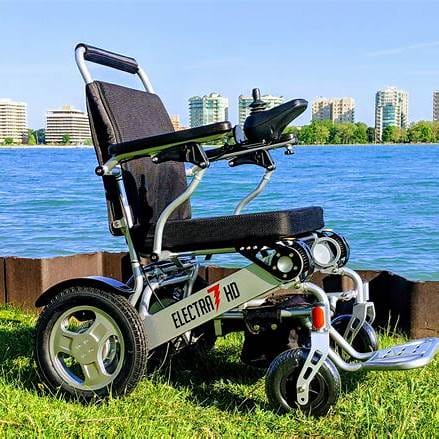When someone needs a custom wheelchair or other complex rehab technology (CRT), a lot goes into making sure they get the right equipment. It’s not as simple as picking a chair from a catalog. Instead, a team of experts works together to make sure the client’s health, comfort, and goals are supported in the process of CRT service delivery. But who exactly does what?
Let’s break down the roles of the clinician, the supplier, and the client—and why understanding these roles really matters and helps everyone involved make the best decisions from start to finish.
The Clinician: Your Medical Guide

First, let’s talk about the clinician. This is usually a licensed medical professional, like a physical therapist or an occupational therapist. Their main job is to find out what kind of mobility equipment the client needs for medical and daily life support—not just what feels good or looks nice.
To do this, the clinician completes a detailed assessment. This includes:
- Looking at the client’s body structure and movement
- Understanding what the client wants to do (such as going to school or working)
- Learning about the client’s daily routines
- Considering the environment and available technology
All of this information helps the clinician make smart, helpful recommendations. Another important part of the role is staying unbiased. Since the clinician does not earn money from the equipment chosen, they can stay focused on what’s best for the client.
In addition, the clinician often writes a Letter of Medical Necessity, which explains to insurance companies why the recommended equipment is needed. This step is key to getting approval and funding.
The Supplier: The Product Expert

Next, we have the supplier. This team member brings the clinician’s plan to life by connecting the medical needs to actual products. The supplier understands all the different types of CRT equipment and knows which features match the clinician’s recommendations.
The supplier also handles many important tasks, such as:
- Bringing sample equipment to try
- Creating and submitting quotes
- Ordering the final product
- Working with insurance
- Delivering and setting up the equipment
Although the supplier is part of the decision making team, they do not make medical decisions or determine medical necessity. Their focus is on finding the right product to meet the medical plan and making sure everything runs smoothly.
Working Together: A Team Effort

Even though the clinician and supplier have different responsibilities, they must work closely together—with the client—to get the best results. Here’s how the process usually works:
1. Evaluation – Mostly the clinician and client.
2. Setting Goals – Again, mostly the clinician and client.
3. Choosing Features – All three team members work together.
4. Product Selection – Mainly the supplier, with input from the clinician and client.
5. Fitting and Training – Everyone is involved!
Adapted with permission from Kelly Waugh at The University of Colorado
Each step matters. If something is skipped or not done well, it could lead to the wrong equipment, delays, or even safety issues.
Why This Matters for the Client
The client—often someone with long-term mobility needs—relies on this process to get equipment that’s safe, comfortable, and fits their life. That’s why it’s so important that:
– Clinicians stay objective
– Suppliers provide clear, accurate product info
– Everyone respects the client’s goals
When everyone understands their role, the result is better care and better outcomes.
Final Thoughts
Clear roles in CRT service delivery protect the best interests of the client. Clinicians provide medical insight. Suppliers offer product expertise. And the client remains at the center of it all.
Understanding who does what doesn’t just make the process smoother—it makes it more ethical, more effective, and more client-centered.
References:
- Arledge S, Armstrong W, Babinec M, et al. RESNA wheelchair service provision guide. Rehabilitation Engineering and Assistive Technology Society of North America (RESNA). Published June 2011. Accessed December 7, 2021.
https://www.resna.org/Portals/0/Documents/Position%20Papers/RESNAWheelchairServiceProvisionGuide.pdf - Rehabilitation Engineering and Assistive Technology Society of North America (RESNA). Disclosure Guidelines: Usage of the Assistive Technology Professional (ATP) Designation. Published September 2009. Accessed October 2, 2023. https://www.resna.org/Portals/0/Documents/ATP/GuidlinesforuseoftheATP.pdf
- Masselink C. CTF scope of practice for seating and wheeled mobility clinical services. Clinician Task Force. Published December 2023. Accessed January 30, 2024. https://www.cliniciantaskforce.us/resource/scope-of-practice-for-seating-and-wheeled-mobility-clinical-services
- Centers for Medicare & Medicaid Services (CMS). Power mobility devices policy article. Accessed March 3, 2025. https://www.cms.gov/medicare-coverage-database/view/article.aspx?articleId=52498&ver=57
- Waugh, Kelly. (2025, March). A Problem-Solving Model for Seating Assessment and Product Feature Analysis. International Seating Symposium (ISS), Pittsburgh, PA.
Click here to learn more about the steps of the process working with Life Wheels On.






